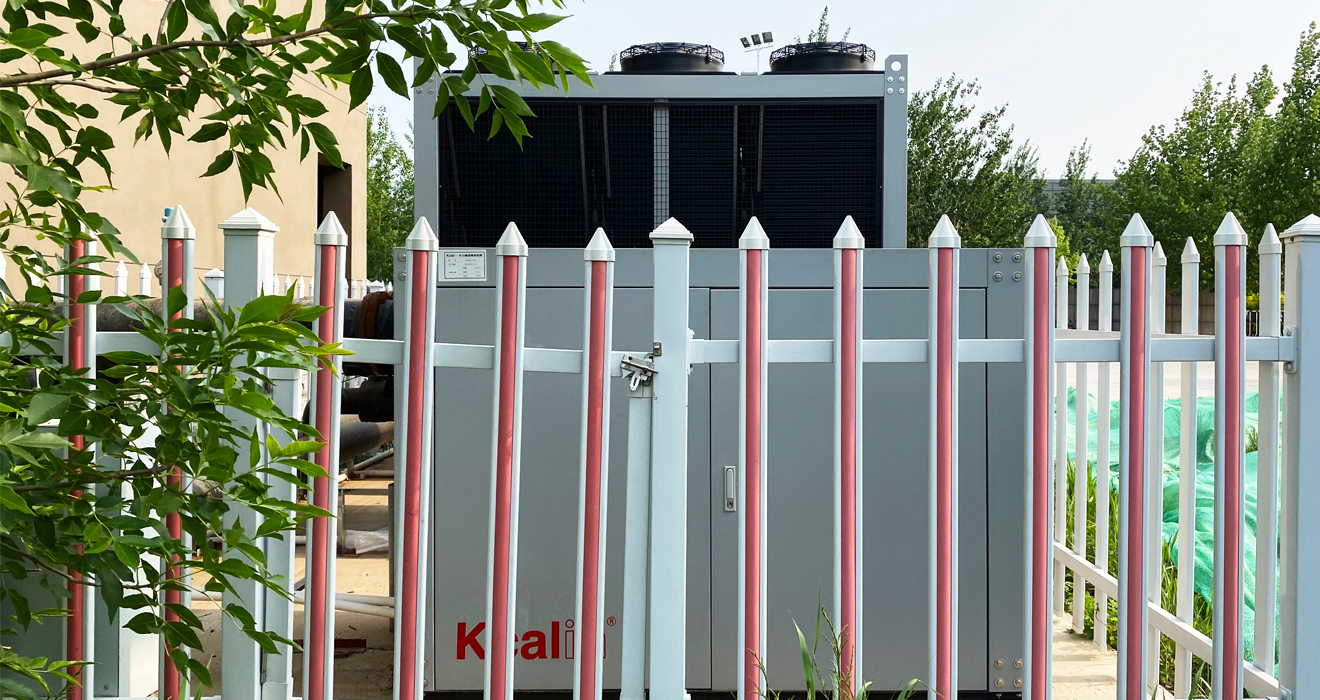Ventilation and air conditioning systems are key components of the internal environment of buildings. They not only provide suitable temperature and air quality, but also ensure the safety of buildings in emergency situations such as fires. In this system, although the smoke exhaust system may be overlooked, it is an indispensable part of the ventilation and air conditioning system.
Smoke exhaust system is a safety system designed for use in fire situations. Its main function is to control and eliminate smoke, ensure safe evacuation of personnel, prevent fire spread, and protect building structures. The smoke exhaust system includes the following elements:
Smoke exhaust fan: used to exhaust indoor smoke.
Smoke exhaust passage: Guide smoke to the outside.
Smoke exhaust outlet: used to release smoke.
Control system: Automatically or manually control the operation of the smoke exhaust system according to the fire situation.
The working principle of smoke exhaust system is to exhaust smoke from the building in the event of a fire, ensuring the safe evacuation of personnel. The following are the working steps of the smoke exhaust system:

Fire detection: The system will detect a fire event through a fire detector (such as a smoke and mist detector or fire alarm).
Start the system: Once a fire is detected, the system will start the smoke exhaust fan and control equipment.
Smoke exhaust operation: The smoke exhaust fan starts to operate, expelling smoke from the fire source area, while fresh air is introduced to maintain normal ventilation.
Control the fire: The smoke exhaust system helps to control the fire, prevent its spread, and extend evacuation time.
Safe evacuation: Clear passages and smoke control help with safe evacuation of personnel and reduce the harm of smoke to health.
Although smoke control and exhaust systems are usually considered independent safety systems, they are closely related to ventilation and air conditioning systems, and there is an important interaction between the two.
Shared space: Smoke control systems and ventilation and air conditioning systems typically share the same space, such as ventilation ducts and smoke exhaust channels. These systems need to work together to ensure that smoke can be quickly eliminated during a fire.
Ventilation support: Ventilation and air conditioning systems can help smoke exhaust systems more effectively by introducing fresh air. This helps to maintain positive pressure in the passage and reduces the possibility of smoke entering the evacuation passage.
Air filtration: Ventilation and air conditioning systems typically include filtration systems, which can improve indoor air quality and reduce the impact of smoke on personnel health.
Control system integration: In modern buildings, automation systems typically integrate smoke control, ventilation, and air conditioning control to ensure coordinated work between the two in the event of a fire.
Smoke exhaust systems play a crucial role in building safety, especially in fire situations. The following are the importance of smoke control systems:
Personnel safety: The smoke exhaust system ensures safe evacuation of personnel and reduces the risk of casualties caused by fires.
Fire prevention and spread: By expelling smoke from the building, the smoke exhaust system helps to slow down the fire and prevent its spread.
Protecting property: reducing damage to internal facilities and property of buildings caused by fires.
Compliance with regulations: Building regulations in many regions require the installation of smoke control systems in buildings to ensure personnel safety.
Improving indoor air quality: Smoke exhaust systems help reduce the impact of smoke on indoor air quality.
The smoke exhaust system is an important component of the ventilation and air conditioning system, playing an indispensable role in ensuring personnel safety and reducing fire damage. The collaborative work between these two systems helps to maintain safe evacuation routes in emergency situations, reduce fire spread, protect property, and improve indoor air quality. Therefore, when designing and constructing buildings, the importance of smoke control and exhaust systems should be fully considered, and it should be ensured that they work together with ventilation and air conditioning systems to provide comprehensive indoor environmental solutions.







Comment